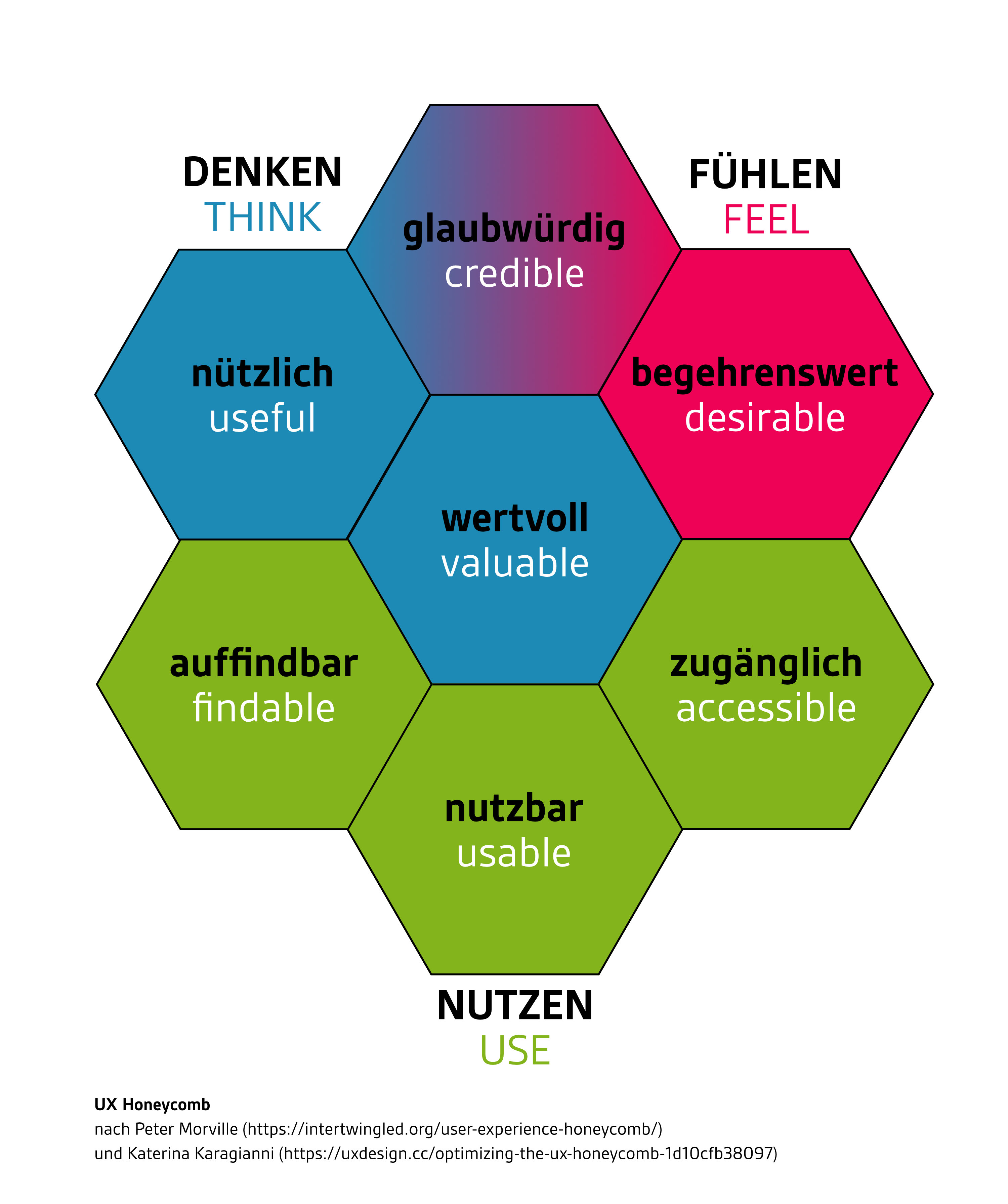
A Comprehensive Guide to Optimizing for “People Also Ask” Features
When performing a search on Google, you may have noticed a feature called “People Also Ask” (PAA) that appears alongside the search results. This feature is designed to provide users with additional relevant information and answers to their queries. By understanding how PAA works and optimizing your content for it, you can increase your visibility and drive more traffic to your website.
So, how does People Also Ask work? Google uses advanced algorithms to determine the most common questions related to a search query. These questions are then displayed in the PAA box. When a user clicks on a question, the answer is displayed below it, and they can click on additional questions to explore more related topics. This creates a dynamic and interactive search experience for users.
As a content creator or website owner, optimizing for the People Also Ask feature can greatly benefit you. Here are some tips to help you optimize your content for PAA:
1. Research Common Questions: Start by researching the most common questions related to your target keywords. Use keyword research tools and analyze the PAA box for your target keywords to identify the questions that appear most frequently. This will give you insights into the questions users are asking and help you create content that addresses those queries.
2. Create Comprehensive and Informative Content: When creating content, make sure to provide comprehensive and informative answers to the questions that appear in the PAA box. Your content should be well-researched, accurate, and provide value to the users. By addressing these questions in your content, you increase the chances of your website appearing in the PAA box.
3. Use Structured Data Markup: Structured data markup is a way to provide additional information about your content to search engines. By using structured data markup, you can help search engines understand the context and relevance of your content. This can improve your chances of appearing in the PAA box.
4. Optimize Your Meta Tags: Optimize your meta tags, including the title tag and meta description, to include relevant keywords and phrases. This will help search engines understand the content of your page and increase the chances of your website appearing in the PAA box.
5. Focus on User Experience: Google values user experience, so make sure your website is user-friendly and easy to navigate. Provide clear and concise answers to the questions in the PAA box, and make it easy for users to find additional information on your website. This will improve the user experience and increase the chances of your website appearing in the PAA box.
6. Monitor and Analyze Performance: Regularly monitor and analyze the performance of your content in the PAA box. Use analytics tools to track the visibility and click-through rates of your content in the PAA box. This will help you identify areas for improvement and optimize your content strategy accordingly.
In conclusion, the People Also Ask feature is a valuable tool for users to explore related topics and find answers to their queries. As a content creator or website owner, optimizing for PAA can help increase your visibility and drive more traffic to your website. By researching common questions, creating comprehensive content, using structured data markup, optimizing meta tags, focusing on user experience, and monitoring performance, you can improve your chances of appearing in the PAA box and provide valuable information to users.
Remember, the key to success with PAA optimization is to provide high-quality, relevant, and informative content that addresses the questions and queries of your target audience. By doing so, you can enhance your visibility in the PAA box and attract more organic traffic to your website.
